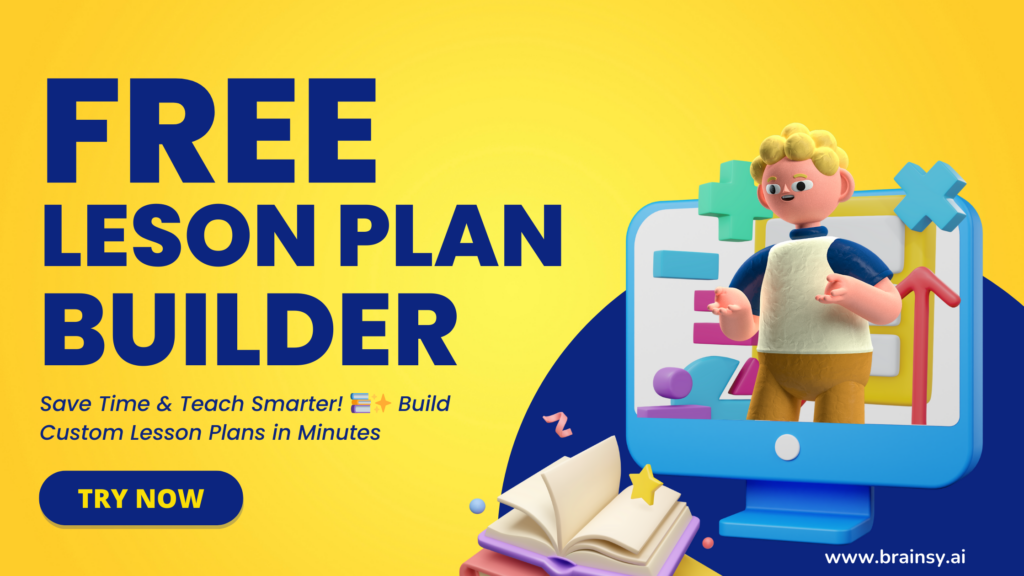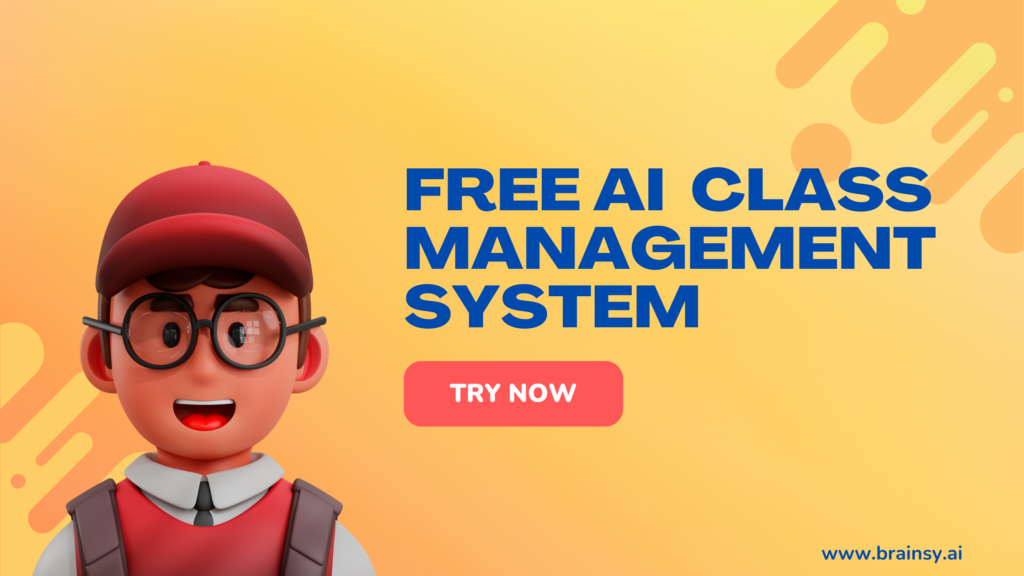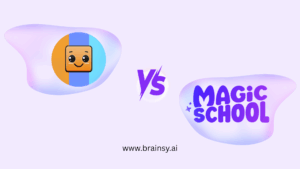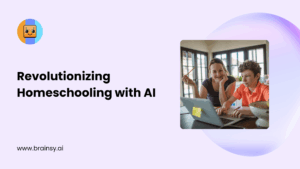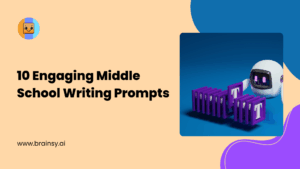Introduction
Artificial Intelligence (AI) is transforming various sectors, and education is no exception. As educators strive to enhance learning experiences and outcomes, AI offers innovative tools and methods that can revolutionize the classroom. But how exactly can teachers leverage AI to benefit their students? This article delves into the multifaceted ways AI can be utilized in education, providing practical insights for teachers eager to embrace this technology.
1. Personalized Learning
AI-powered platforms like DreamBox, Knewton, and Smart Sparrow enable personalized learning experiences by adapting to individual student needs. These systems assess students’ strengths and weaknesses, tailoring lessons to their unique learning pace and style.
1.1 Adaptive Learning Technologies
Adaptive learning technologies use AI to provide real-time feedback and adjust content difficulty based on student performance. This personalized approach ensures that students remain engaged and challenged without feeling overwhelmed.
1.2 AI Tutors
AI tutors like Carnegie Learning’s MATHia offer personalized tutoring outside the classroom. These virtual tutors provide additional practice and explanations, helping students grasp difficult concepts at their own pace.
2. Enhancing Teaching Methods
AI can significantly enhance teaching methods by automating administrative tasks, offering detailed analytics, and providing new teaching tools.
2.1 Automated Grading
Automated grading systems like Gradescope and Turnitin can handle multiple-choice tests, essays, and other assignments, providing instant feedback. This saves teachers valuable time, allowing them to focus more on instruction and student interaction.
2.2 Content Creation and Recommendation
AI can help teachers create and recommend educational content tailored to student needs. Platforms like Edmodo use AI to suggest resources and activities based on student’s performance and interests, ensuring a more relevant and engaging learning experience.
3. Classroom Management
AI tools can assist with classroom management by monitoring student behavior, tracking attendance, and providing insights into classroom dynamics.
3.1 Behavior Monitoring
Tools such as Classcraft and Impero Education Pro utilize AI to monitor classroom behavior, track student engagement and identify those needing additional support. This allows teachers to address issues promptly and maintain a positive learning environment.
3.2 Attendance Tracking
AI-powered attendance systems can streamline attendance tracking using facial recognition or other biometric data. This reduces administrative burdens and minimizes errors, ensuring accurate records.
4. Supporting Diverse Learners
AI can provide crucial support to diverse learners, including non-native English speakers and students with special needs.
4.1 Language Translation
AI tools like Google Translate and Microsoft Translator offer real-time translation of classroom instructions and materials, making lessons more accessible for non-native English speakers.
4.2 Special Education Support
AI applications such as Otter.ai and Kurzweil 3000 support students with special needs by providing text-to-speech, speech-to-text, and other assistive technologies. These tools help students with disabilities to engage fully in the learning process.
5. Data-Driven Insights
AI can analyze vast amounts of educational data to provide valuable insights that inform teaching strategies and improve student outcomes.
5.1 Learning Analytics
Learning analytics platforms like BrightBytes and Edsby use AI to analyze student data, identifying trends and patterns in performance. This information helps teachers make informed decisions about instruction and intervention.
5.2 Predictive Analytics
AI systems can predict student outcomes and identify those at risk of falling behind by analyzing historical data. This allows teachers to intervene early and provide the necessary support to ensure all students succeed.
6. Enhancing Engagement
AI can enhance student engagement through gamification, interactive tools, and immersive learning experiences.
6.1 Gamification
AI-powered gamification tools such as Kahoot! and Classcraft incorporate game elements like points, badges, and leaderboards into educational activities, making learning more fun and engaging for students.
6.2 Virtual Reality (VR) and Augmented Reality (AR)
AI enhances VR and AR experiences by making them more interactive and immersive. Tools like Nearpod and Google Expeditions allow students to explore virtual environments and participate in interactive lessons, making learning more engaging and memorable.
7. Professional Development for Teachers
AI can support teachers’ professional development by providing personalized learning opportunities and actionable feedback.
7.1 AI Coaching and Mentoring
AI-powered coaching tools like TeachFX analyze classroom audio and give teachers feedback on their instructional practices, helping them to improve their teaching methods and better engage students.
7.2 Resource Recommendations
AI can suggest professional development resources based on a teacher’s needs and interests. Platforms like LinkedIn Learning use AI to recommend courses and materials that align with the teacher’s professional goals, ensuring continuous growth and development.
8. Curriculum Development
AI can assist in developing and refining curricula by analyzing educational trends and student performance data.
8.1 Curriculum Customization
AI can help customize curricula to meet the specific needs of a classroom. By analyzing student data, AI can recommend modifications to the curriculum that will better address student needs and improve learning outcomes.
8.2 Content Analysis
AI can analyze the effectiveness of educational content and suggest improvements. This ensures that the curriculum remains relevant, up-to-date, and engaging for students.
9. Enhancing Communication
AI can improve communication between teachers, students, and parents, ensuring everyone is informed and engaged.
9.1 Chatbots
AI-powered chatbots can handle routine inquiries from students and parents, providing instant responses and freeing up teachers’ time. These chatbots can answer questions about homework, schedules, and school policies, ensuring clear and efficient communication.
9.2 Parent-Teacher Communication
AI tools can facilitate better communication between parents and teachers. Platforms like Bloomz and Remind use AI to send updates, reminders, and progress reports to parents, keeping them informed and involved in their child’s education.
10. Ethical Considerations and Challenges
While AI offers many benefits, it also presents ethical considerations and challenges that must be addressed.
10.1 Data Privacy
The use of AI in education raises concerns about data privacy. Schools must ensure that student data is protected and used responsibly, adhering to privacy laws and regulations.
10.2 Bias in AI
AI systems can perpetuate biases present in their training data. It’s crucial to ensure that AI tools used in education are fair and unbiased, promoting equity and inclusion.
10.3 Teacher Training
Effective use of AI in the classroom requires proper training. Schools must provide teachers with the necessary skills and knowledge to integrate AI tools effectively into their teaching practices.
Conclusion
Artificial Intelligence holds immense potential to transform education by personalizing learning, enhancing teaching methods, and providing valuable data-driven insights. By embracing AI, teachers can create more engaging, efficient, and effective learning environments. However, it’s essential to address the ethical considerations and challenges associated with AI to ensure its responsible use. As AI continues to evolve, its role in education will undoubtedly grow, offering even more opportunities for innovation and improvement in the classroom.
FAQs
1. What is AI in education? AI in education refers to the use of artificial intelligence technologies to enhance teaching and learning processes. This includes personalized learning platforms, automated grading systems, and AI-driven analytics.
2. How can AI personalize learning? AI personalizes learning by adapting educational content to individual student needs. It assesses each student’s strengths and weaknesses and tailors lessons accordingly, ensuring a customized learning experience.
3. What are the benefits of AI in the classroom? The benefits of AI in the classroom include personalized learning, enhanced teaching methods, improved classroom management, support for diverse learners, and data-driven insights.
4. What are the ethical considerations of using AI in education? Ethical considerations include data privacy, bias in AI systems, and the need for proper teacher training. Schools must ensure that AI is used responsibly and fairly.
5. How can teachers be trained to use AI? Teachers can be trained to use AI through professional development programs, workshops, and courses that focus on integrating AI tools into their teaching practices.


